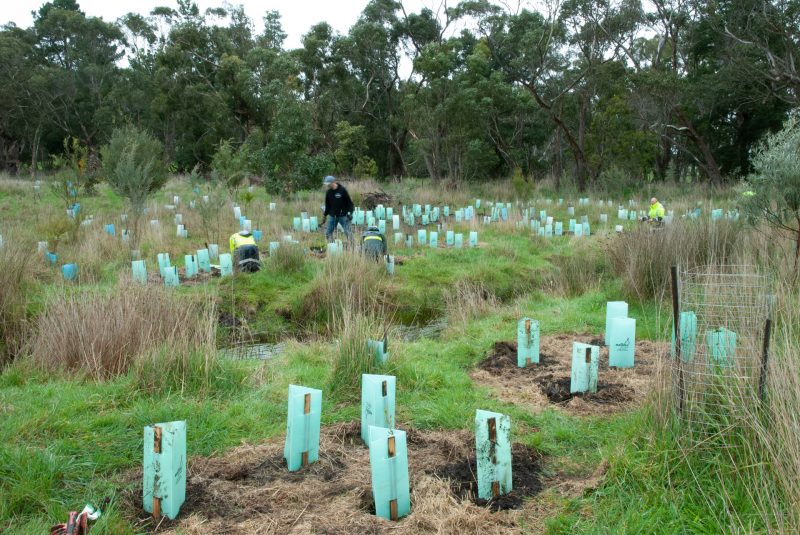
What does your street look like? Do you come home to a new development with young, freshly planted street trees and a brand-new home? Or do you live in an established suburb with a mature, leafy canopy welcoming you to your driveway? Research suggests that green, leafy streets can be equated with prosperity and good living!
Urban street in Burnside Council Zone, August 2020
Either way, careful thought and planning has been put into the species selection of street trees, the ongoing maintenance to prevent disease, programs to keep them carefully pruned and programs to remove any that have reached the end of their lifespan and become unsafe to people using the street or pathways nearby.
Previously we have briefly touched upon the benefit tree canopy has to improving mental health, property values and in reducing the Urban Heat Island Effect, with reference to the fact Australia has lost approximately 20% of its tree cover since 2000!
Fun Fact: One of the tools that can be used to look at the Urban Heat Island Effect in the Adelaide area, is the Urban Heat and Tree Mapping Viewer. If you live within the Adelaide Urban area, this tool allows you to look at high-res surface temperature data and tree canopy info close to you!
Councils recognize the benefits of canopy cover, and most councils have extensive programs in place to increase the canopy cover with many having a target increase of 20% – 50%. A few examples are:
Urban Heat and Tree Mapping Viewer, Department of Environment and Water, Government of South Australia
Councils implement a number of different systems to manage the planting, watering, pruning, fertilizing and overall health management of their tree assets. One such management system is ForestTree – a system providing fast data collection for on-ground service teams, and enabling a simple way to issue work orders, manage contractors and have a detailed database of works carried out and planned.
But consider the trees that are being planted within the urban environment for these projects in comparison with trees in a natural setting.
A tree in its natural environment generally has excellent access to a large volume of soil which allows the tree to develop lots of feeder roots near the surface, and will usually have interactions with surrounding plants that will be of benefit to its health (this can even include the transfer of nutrients from one tree’s roots to another via root fusion).
Compare this to a street tree in an urban environment! These trees often have to deal with:
All of this contributes to an environment with limited moisture availability, higher disease susceptibility, poorer tree anchorage and an overall more difficult growing environment than that of a natural setting. So, it makes a lot of sense to provide an urban tree with as much support as possible, to maximise the potential for a healthy, long living tree.
An excellent organization dedicated to improving Australia’s Urban Forests is Treenet. Their site has a wealth of resources including published studies, and an annual symposium is held for discussion on urban ecosystem restoration.
In this blog series, we are going to be diving (in the shallow end!) of the pool of urban ecosystem restoration. We will be looking at street tree planting from the planning phase, through the planting process and right up to the ongoing watering, fertilizing and management of the tree.
Come on the journey with us!
South Australia
18 Follett Close
Mount Barker SA 5251
New South Wales
14 Rennie Street,
Wetherill Park, NSW 2164
Victoria
56-60 Woodlands Drive,
Braeside, VIC 3195
Phone 1300 760 642
Prompt Australia-wide Delivery
Free* freight on all orders over $400+gst to anywhere in Australia
*excludes bulky items